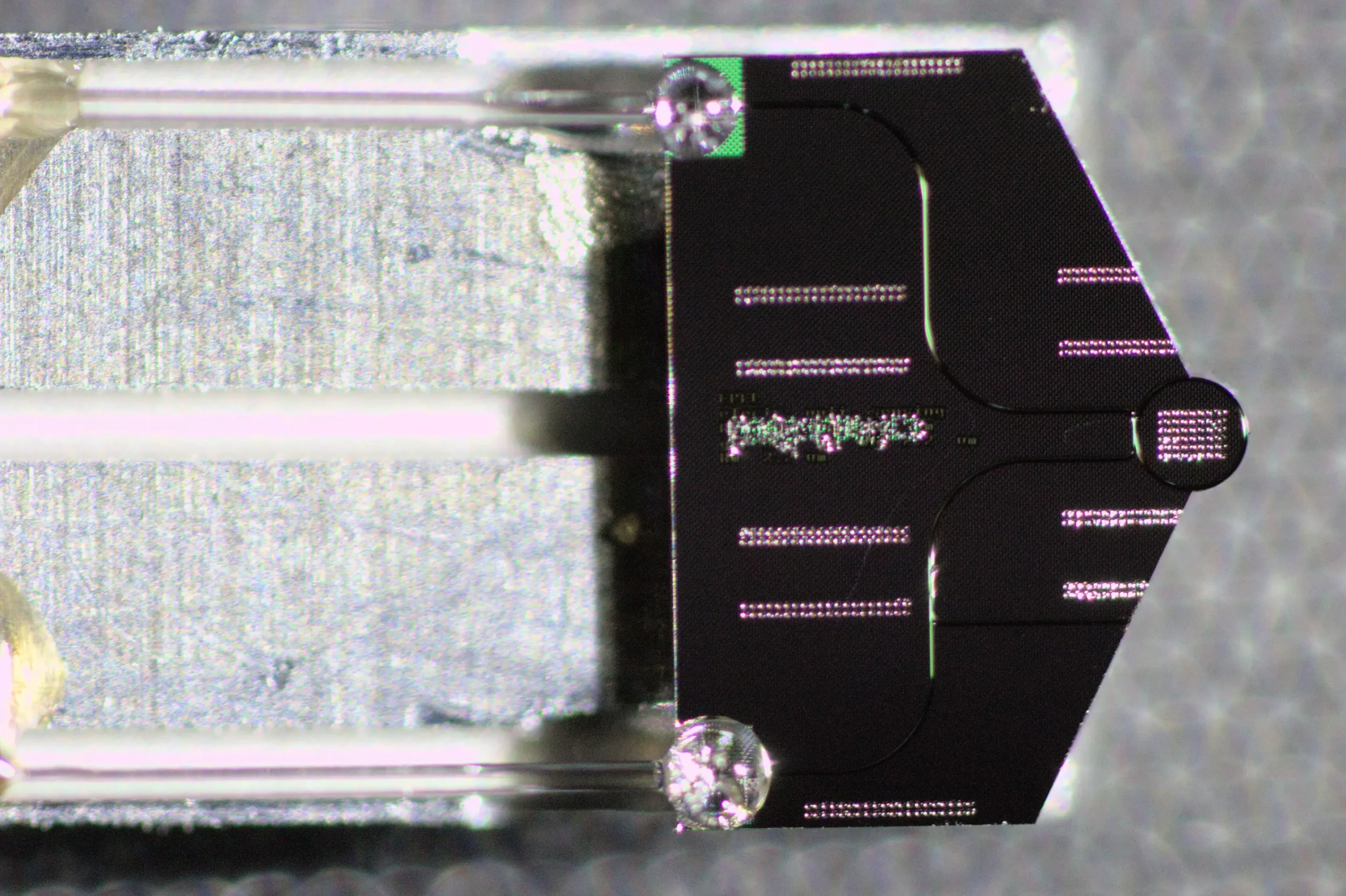The field of nonlinear optics has become increasingly integral to numerous technological and scientific advancements, ranging from laser development to quantum information science. One particular area of interest is the miniaturization of devices that manipulate light in nonlinear ways onto a small chip, enabling complex interactions on a chip scale. In a groundbreaking study, researchers at EPFL and the Max Planck Institute have successfully brought nonlinear optical phenomena into a transmission electron microscope (TEM), revolutionizing the capabilities of electron microscopy.
At the core of this study are “Kerr solitons,” waves of light that retain their shape and energy as they pass through a material. Specifically, the researchers focused on a type of Kerr solitons known as “dissipative” solitons. These solitons are stable, localized pulses of light that last for incredibly short durations. By harnessing a photonic microresonator, which traps and circulates light inside a reflective cavity, the researchers created the ideal environment for the formation of dissipative Kerr solitons.
What sets dissipative Kerr solitons apart is their ability to interact with electrons, making them invaluable for this study. The researchers generated a variety of nonlinear spatiotemporal light patterns in the microresonator using a continuous-wave laser. These light patterns then interacted with a beam of electrons passing by the photonic chip, leaving distinct marks in the electron spectrum. This interaction allowed the researchers to probe soliton dynamics within the microresonator cavity and achieve ultrafast modulation of electron beams.
The ability to generate dissipative Kerr solitons in a TEM opens up new possibilities for using microresonator-based frequency combs. By coupling free electrons with these solitons, high repetition-rate ultrafast electron microscopy and particle accelerators could be realized using small photonic chips. This breakthrough demonstrates the potential of electron microscopy as a powerful technique for studying nonlinear optical dynamics at the nanoscale. Furthermore, this non-invasive method provides direct access to the intracavity field, crucial for understanding nonlinear optical physics and developing advanced nonlinear photonic devices.
The photonic chips utilized in the study were fabricated at the Center of MicroNanoTechnology (CMi) and the Institute of Physics cleanroom at EPFL. The experiments themselves were conducted at the Göttingen Ultrafast Transmission Electron Microscopy (UTEM) Lab.
By integrating nonlinear optics into electron microscopy, researchers have unlocked a new realm of possibilities for studying and manipulating light on a nanoscale. This advancement paves the way for further development in areas such as laser technology, optical frequency metrology, gravitational wave astronomy, quantum information science, and more. The ability to perform non-invasive probing of nonlinear optical dynamics at the nanoscale will undoubtedly lead to further breakthroughs in physics and the development of innovative photonic devices.
The integration of nonlinear optics into electron microscopy marks a significant milestone in the field of optical science. The successful generation and interaction of dissipative Kerr solitons within a microresonator have opened up new avenues for probing nonlinear optical dynamics and developing advanced photonic devices. With further advancements in this area, the possibilities for technological and scientific progress are limitless, making nonlinear optics an essential field of study for the future.


Leave a Reply